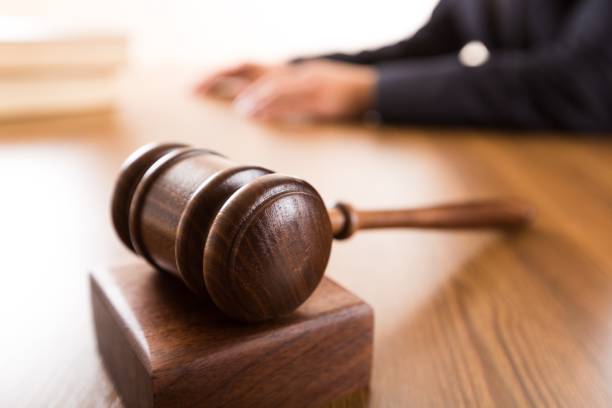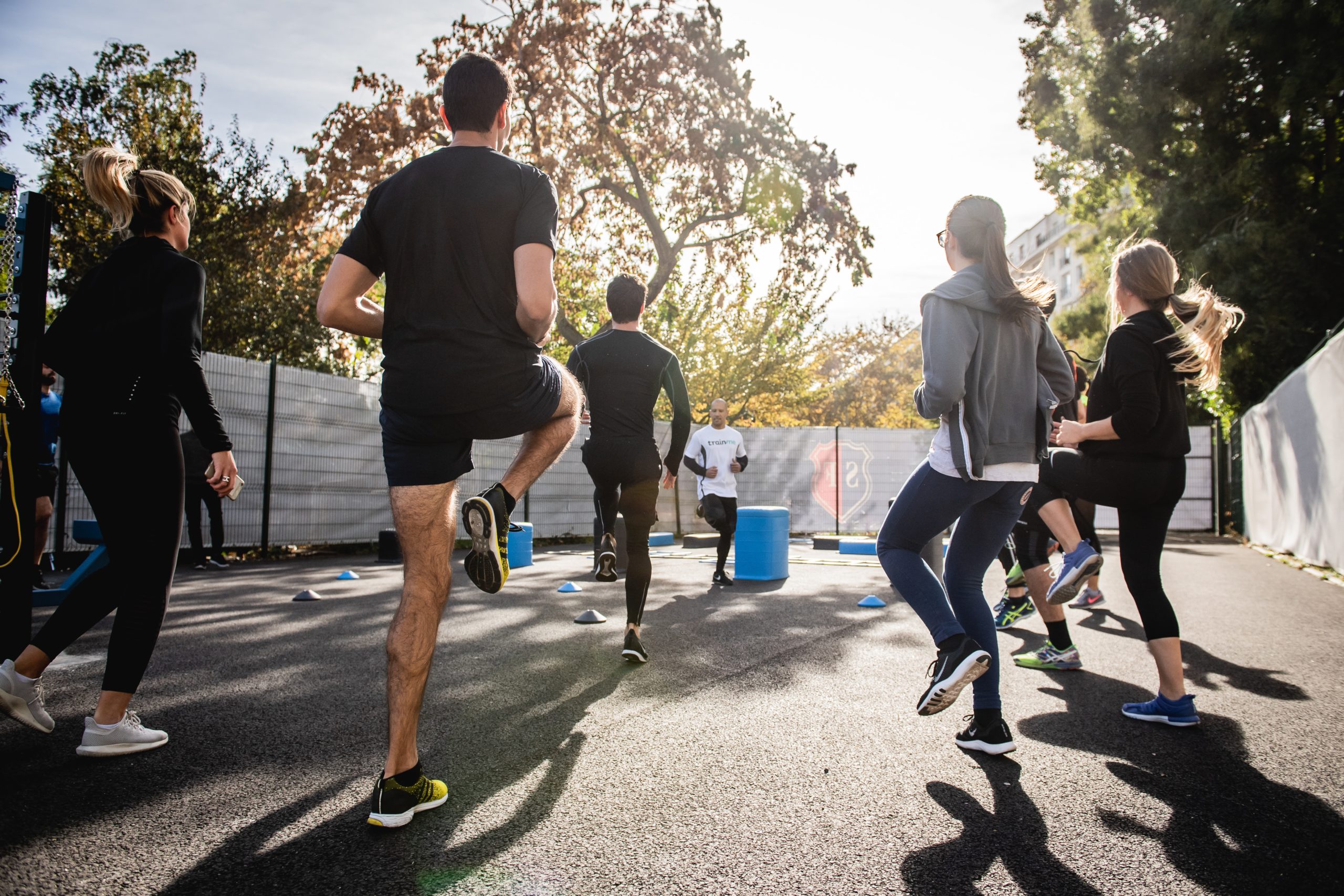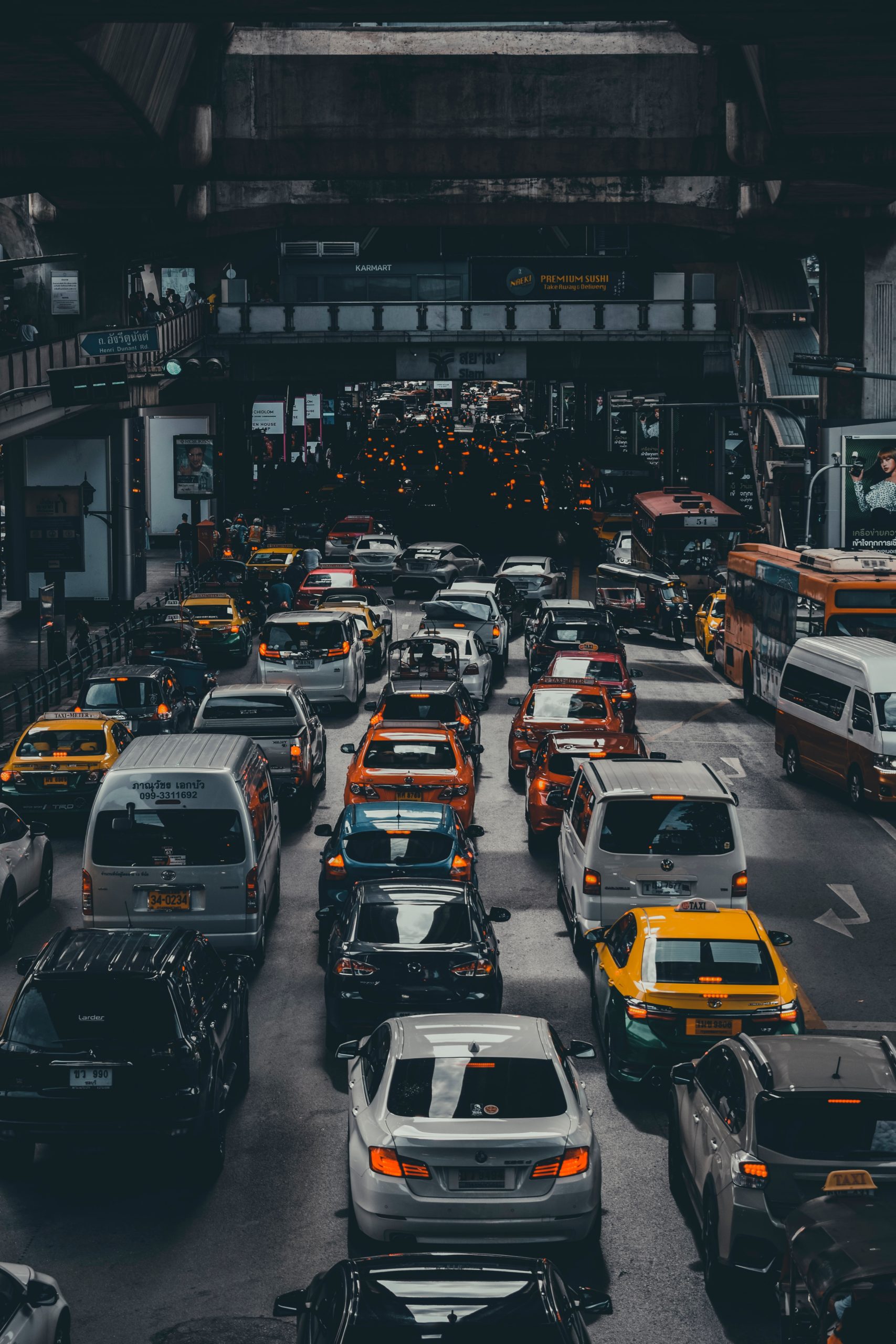When someone is injured as a result of the carelessness or misconduct of another person, the consequences extend far beyond the victim’s immediate experience of physical suffering. Cases involving personal injury are brought with the intention of compensating victims for the material and non-material losses they have incurred. In situations like these, monetary and non-monetary forms of harm may be awarded. Examples of monetary damages include medical bills and wages lost, while examples of non-monetary damages include pain and suffering and emotional anguish. Let’s take a look at the world of damages, including its many subcategories, how they are determined, and the pivotal part they play in the process of determining compensation for personal injuries.
Besides the Financial Burden, Economic Damages Include the Following:
Damages to a person’s economic well-being include any quantifiable cash losses brought on by an injury. These encompass present as well as predicted future costs for medical care and include things like hospital bills, drugs, operations, and rehabilitation fees, among other things. Wages, both present and future, that have been lost are another component of economic damage. These damages are intended to compensate individuals for the monetary impact the injury has had on their lives, with the goal of ensuring that individuals are not forced to bear the burden of the situation by themselves.
Damages to the Non-Economic Environment Taking Into Account Intangible Losses:
Non-economic damages, on the other hand, take into account the intangible losses that cannot be accurately measured, in contrast to economic damages, which take into account the pecuniary components of an injury. These damages take into account the emotional distress and bodily discomfort that the injured party experienced as a result of the incident. They are also responsible for mental anguish, such as worry and depression, as well as a diminished capacity to take pleasure in life and the disruption of personal relationships. Damages that are not based on monetary value take into account the significant impact that an injury has on an individual’s quality of life in general.
In order to calculate damages, it is necessary to strike a balance between objectivity and subjectivity.
The consideration of both objective and subjective aspects is required in order to arrive at an accurate calculation of damages in cases involving personal injury. Because they are based on actual monetary losses, economic damages may be calculated with a fair amount of ease. These damages can be proven by the presentation of evidence such as medical bills, pay stubs, and other documented expenses. However, a more subjective approach is required in order to determine the amount of non-economic damages. The severity of the injury, how it has affected everyday life, and the amount of emotional distress that has been endured are all taken into consideration. In certain countries, non-economic damages may be calculated using predetermined formulae or multipliers, while in others, the amount of compensation that is considered reasonable is left up to the discretion of the jury.
The importance of having legal representation cannot be overstated because it can be difficult to navigate the complexities of damages in personal injury claims if one does not have the counsel of an expert attorney. Lawyers that specialize in personal injury cases have the training and experience necessary to evaluate the entire scope of their clients’ losses and fight for compensation that is appropriate. In order to determine the worth of your economic and non-economic losses, they collaborate closely with medical specialists, economists, and other experts in the field. The goal of solicitors is to guarantee that their clients receive the highest amount of compensation to which they are entitled. They accomplish this goal by utilizing their talents as negotiators and by capitalizing on their knowledge of the legal landscape.
When it comes to matters involving personal injury, damages might stretch far beyond the scope of simple monetary compensation. They serve as a means to address the complete losses sustained by the party that was damaged, including pecuniary burdens and intangible difficulties. This is because they are a means to treat the losses comprehensively. When pursuing a claim for personal injury, it is essential to have a thorough understanding of the many kinds of damages, how they are determined, and the relevance of each. If you retain the services of an experienced personal injury attorney, you will be able to negotiate the complexity of damages with confidence. You will also have the peace of mind of knowing that your legal rights are being protected and that you have a committed advocate working towards collecting the recompense you deserve.
Consult with Darfoor Law Firm
An experienced lawyer provides you with the opportunity to discuss your situation and gain clarity on your potential avenues for seeking compensation. It’s your opportunity to ask questions, assess the strength of your case, and decide if legal representation is beneficial for you.
If you or a loved one has been injured in an accident due to someone else’s carelessness or fault, Darfoor Law Firm is here to provide support and suggest the best course of action.
Accidents can be difficult to deal with; that is why having someone who understands and empathizes is so important.
Call us at +1-833-DARFOOR for a free case evaluation.











